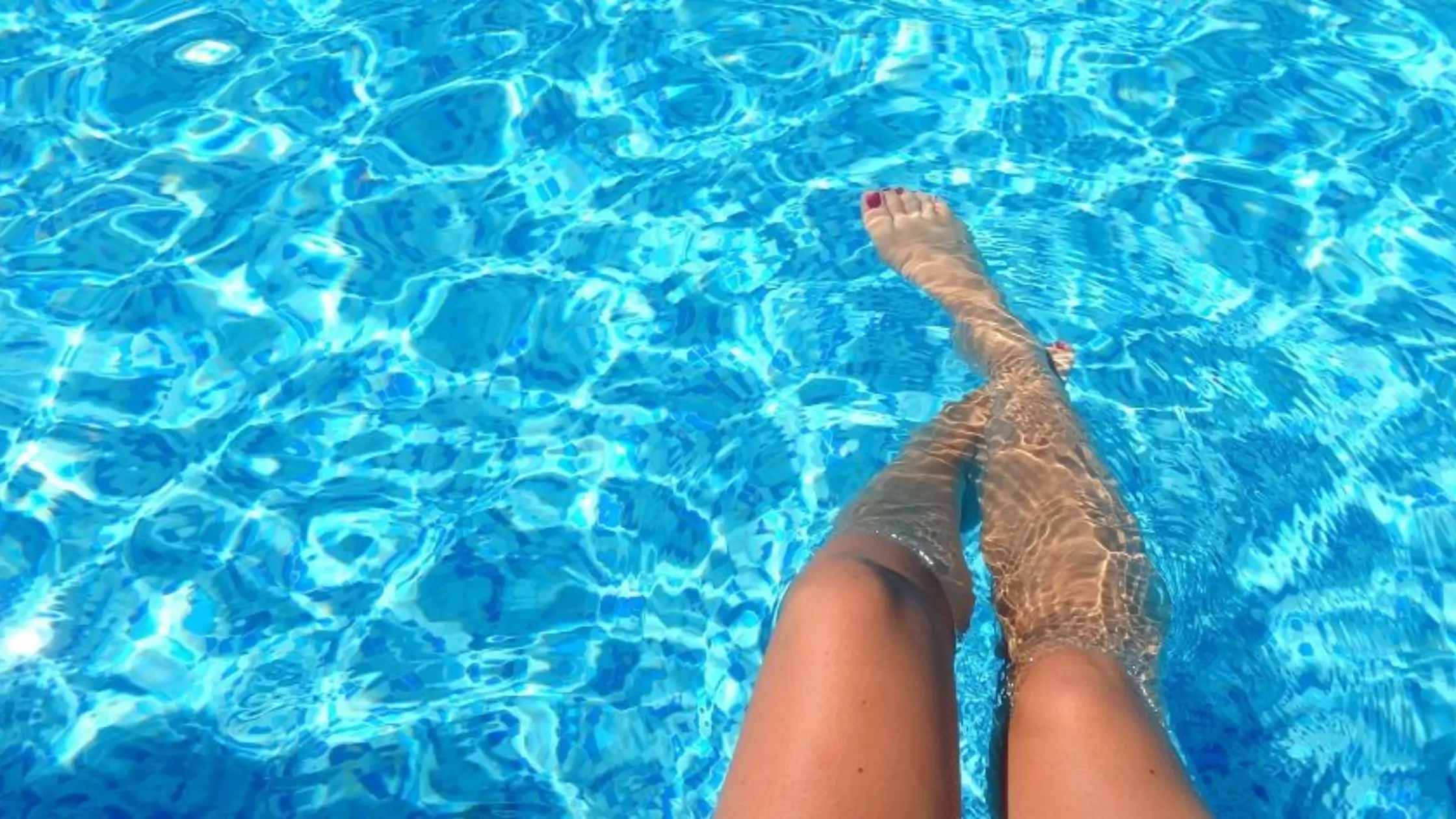For pools, hot tubs, fish tanks, spas, reef tanks, and even soil to remain healthy and last long enough, it is essential to maintain the right levels of alkalinity. Furthermore, high alkalinity has been linked to various problems such as scaling, cloudy water, and pH imbalance. Different ways on how to reduce alkalinity in different ecosystems will be explained in this manual, along with some suggestions for achieving better conditions.
Welcome to High Quality Replica Rolex Watches Sales on www.rolexreplicaswissmade.com, Buy the Best Replica Rolex Watches in the UK.
How to Lower Alkalinity in a Pool
To make swimmers comfortable when swimming and keep the water clean, there should be the right amount of alkalinity in pools. Scaling on pool surfaces is a result of excessive alkalinities, while cloudy water may also occur due to this problem, thus causing difficulties when maintaining constant pH values.
- Test the Water: Assess prevailing rates of base using a dependable test kit before any changes are made. The best range for pool alkalinity is between 80 ppm and 120 ppm.
- Monitor pH Levels: Test the PH levels frequently after adding acid. In addition, lowering the alkaline level might decrease PH; hence, you could correct it by introducing base if it falls too low.
- Repeat if Necessary: If alkalinity remains high after the initial treatment, repeat the process until it falls within the desired range.
How to Lower Alkalinity in a Hot Tub
Hot tubs are carefully maintained to keep the water clean and comfortable. High levels of alkalinity in a hot tub may cause scaling on the heating elements, cloudy water, and difficulty with pH balancing.
- Test Alkalinity: A hot tub test strip can be used to check for alkalinity. The optimal range of hot tub alkalinity should be 80-120 ppm.
- Add Acid: Like pools, you can use muriatic acid or sodium bisulfate to lower alkalinity in a hot tub. However, since there is less water here, you will need smaller quantities of acid.
- Mix Well: Run your jets for at least half an hour after putting in acid so that the acid mixes well and spreads uniformly throughout your spa.
How to Lower Alkalinity in a Fish Tank
Aquariums demand careful attention to maintain healthy fish and other forms of aquatic life. Fish tanks with a content of alkali may cause stress among fish, resulting in plant growth problems as well as general poor quality of water.
- Test the Water: Use an aquarium test kit to gauge alkalinity. The ideal range depends on the fish species, but in general it should be between 100 and 250 ppm.
- Use Peat Moss or Driftwood: Another way to lower alkalinity naturally in a fish tank is by adding peat moss or driftwood. These substances release tannins into the water over time, which can help reduce alkalinity.
- Use Chemical Additives: If natural methods are inadequate, you have the option of employing commercial aquarium products that are meant for lowering alkalinity. Observe the manufacturers’ instructions carefully.
How to Lower Alkalinity in a Spa
Just like hot tubs, spas need proper maintenance for a good user experience. High alkalinity causes similar problems in spas as it does in hot tubs, such as scaling and pH imbalances.
- Test and Adjust: Check your spa’s alkalinity with a test kit. The target range for spa water is 80-120 ppm.
- Use Sodium Bisulfate: Since spas have less water than pools, sodium bisulfate is often used to decrease their alkalinities. It is easier to handle and measure smaller volumes of water due to its low quantity per molecule ratio compared to other chemicals like muriatic acid or soda ash.
- Add in Increments: Add small amounts of acid while running the jets to blend it in completely.
How to Lower Alkalinity in a Reef Tank
This is why reef tanks are very delicate ecosystems that need careful management and maintenance of the water chemistry for healthy corals and other creatures. Increased alkalinity levels will upset calcium-magnesium balance in a reef tank, causing poor growth of coral, among other issues.
- Test Alkalinity Regularly: For instance, in case you own a reef tank, you should be testing for alkalinity at least once daily because it has to be kept within more narrow ranges, typically between 7 and 11 dKH (degrees of carbonate hardness).
- Use a Two-Part Dosing System: A lot of people who have reef tanks use two-part dosing systems, which allow them to maintain their calcium and alkalinity levels. When alkalinity is far too high, though, the dose of the base component can be reduced as long as calcium levels are maintained.
How to Lower Alkalinity in Soil
Soil with high pH may hinder crop growth due to malnutrition, leading to low yields. This problem should be addressed so as to create better conditions for plants.
- Test Soil pH: Start by testing the soil’s pH. The soil is alkaline if its pH is above 7.0. Most plants love a slightly acidic to neutral growing medium ranging from pH 6.0 to 7.0.
- Add Organic Matter: Over time, incorporating organic matter such as compost or peat moss into the soil can reduce the level of alkalinity that prevails in it. Acidify soils with organic materials as they rot.
- Use Sulfur or Sulfate Compounds: Apply sulfur or ammonium sulfates to the ground to lower its alkalinity level. These substances convert into sulfuric acid after reaching the soil, which results in low pH and low alkalinity.
Conclusion
Balanced alkalinity for pools, hot tubs, fish tanks, spas, reef tanks, and soils is critical for their health and functionality. By understanding what causes high alkalinity and the right techniques to bring it down, you can have ideal conditions for swimming, aquatic organisms, and plant growth. Regular testing and adjustment of these parameters is key in achieving and maintaining optimum alkalinity levels that provide clean, clear water throughout all seasons with healthy soils.








